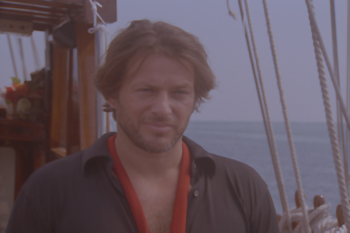
Some customer in Juneau may be wondering just how much information is actually on film!! That's a good question. Film is an analogue source, like a painting. There is a certain resolution needed to faithfully capture all the details in a digital form. The following images are a simplification to illustrate some general points and are not exact.
In general it is recommended that you scan at or above the resolution of the film. For 8mm and Super 8 that means scanning at HD or 2K.
So, for example, if you are looking for the best quality DVD, scan your 8mm or Super 8 at HD. If you are looking to go to BluRay then scan your 8mm or Super 8 at 2K.
16mm Film Juneau |
|
Process Comparison
|
|
Pro SD Scan
|
|
Pro HD Scan
|
|
Pro 2K Scan
|
|
35mm Film |
|
Process Comparison
|
|
Pro HD Scan
|
|
Pro 2K Scan
|
|
Pro 4K Scan
|
|
Juneau Fun Facts: Prior to European settlement, the area now occupied by Juneau was inhabited by Tlingit Indians, known as the Auke and Taku tribes. The area was a favorite fishing ground of the Indians. In 1880, the site of Juneau was founded as a mining camp by Joe Juneau and Richard Harris. The town was originally called Harrisburg, after Richard Harris.
Alaska Fun Facts: Alaska is bounded by the Beaufort Sea and the Arctic Ocean to the north; Canada’s Yukon Territory and British Columbia province to the east; the Gulf of Alaska and the Pacific Ocean to the south; the Bering Strait and the Bering Sea to the west; and the Chukchi Sea to the northwest. The capital is Juneau. The largest state (in area) of the United States, Alaska was admitted to the union as the 49th state in 1959, and lies at the extreme northwest of the North American continent. Acquired by the United States in 1867, the territory was dubbed “Seward’s Folly” after U.S.













